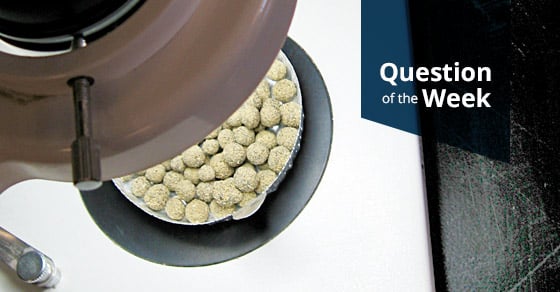Microscopes help assess the material feed, end-product characteristics, and everything in between when it comes to the agglomeration lab testing process. Microscopes can reveal a material’s minute details – details that the naked eye is incapable of seeing without magnification.
Microscopes are especially beneficial in regards to:
- Product and process development: lab technicians can closely compare agglomerates from various process configurations during feasibility testing stages.
- Comparative studies: the surface characteristics and composition from each agglomerate sample created in the lab can be better compared through magnification.
- Start and finish analysis: close up images of the material feed and final product show a much more accurate depiction of the material to be processed and the result of such processing.
Using a microscope to examine the characteristics of feed materials and agglomerates at various stages of testing reveals valuable information to both lab technicians and customers. Overall, it can help to create a better final product and ensure the customer is getting a product that performs exactly as desired.
For more in-depth information on microscope use in FEECO’s lab, read our blog post FEECO Product Images Shed Detailed Light on Material Characteristics, or contact us today!



